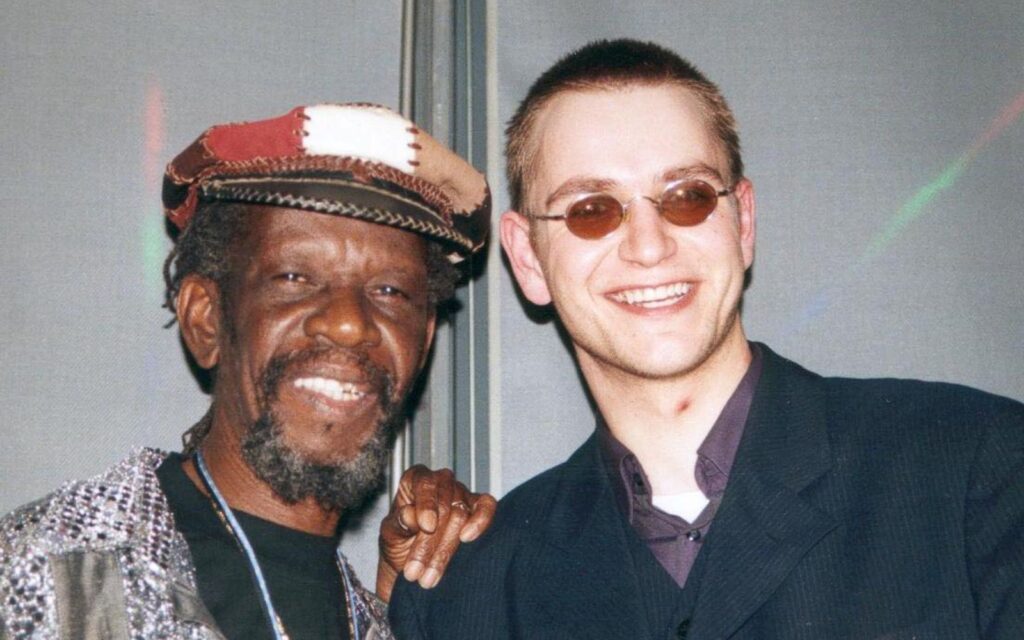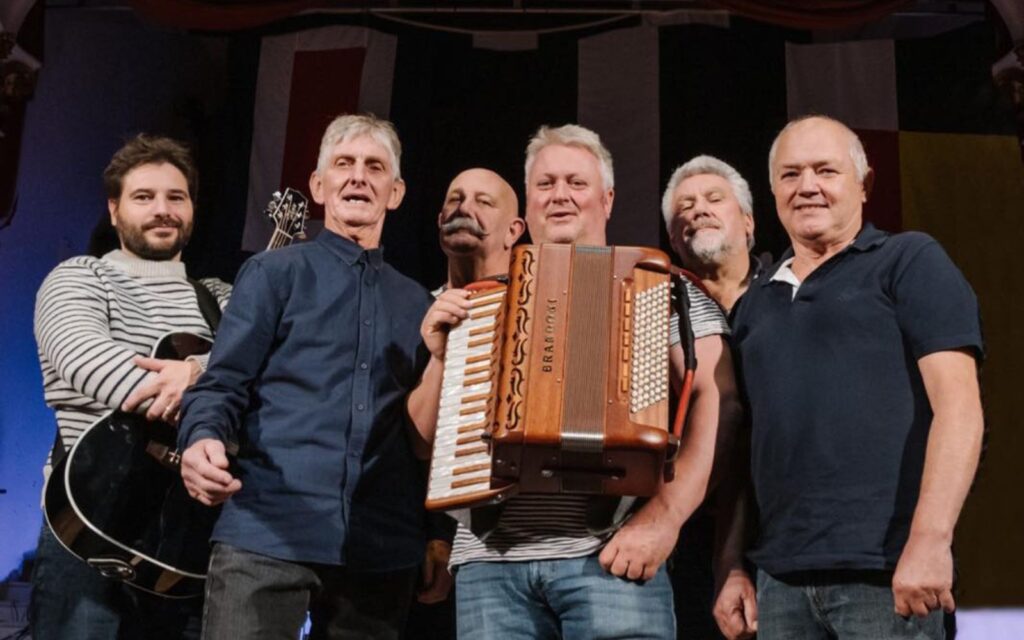Looking back on the seminal debut.
On December 13, 1975 Patti Smith made her debut with Horses, an album whose legend billows with each passing year. Presenting herself as a somewhat androgynous figure – a stark contrast to the way female musicians of the time were portrayed – and shaping rock songs around poetic frameworks, Smith created a legacy whose standing continues to strengthen as it ages.
Acting as an intergenerational echo of the Beat Generation that came before her, Smith’s prowess as a poet formed the foundation of the album and marked a previously unseen coalescence between rock music and poetry. Between 1971 and ’72, prior to making her breakthrough as a musician, Smith began frequenting poetry open mic nights. Soon enough, she found herself opening for glam rock bands like New York Dolls, Teenage Lust and Ruby with spoken word sets lasting around 10 minutes. It is here that inklings of the persona that would become her monumental stage presence in the years to come began to manifest.
1972 also saw Smith release her first book, Seventh Heaven, containing 22 poems, followed by WITT the year after, containing a further 20 original poems. This penchant for prose also saw her pursue journalism, working as a rock critic in 1971 reviewing albums such as David Bowie’s seminal record Heroes and Bob Dylan’s Planet Waves at CREEM Magazine. CREEM would go on to publish three of her poems despite being considerably off-brand for the publication.
Even though two covers feature on Horses, Smith’s work is fuelled by keenly deliberate prose. Van Morrison’s ‘Gloria’ is injected with an original poem by Smith titled ‘Oath’ which informs the famed opening lyric “Jesus died for somebody’s sins/But not mine“. This, partnered with the title of the hybrid track ‘Gloria: In Excelsis Deo’, taking its name from a Catholic hymn, is a testament to both her wit and love of language. Sonically, the track takes on a new meaning too. Rather than recreating a carbon copy of the three-chord rock standard as many musicians had previously done on the shoulders of Morrison, Smith’s rendition is a screeching scramble of twangy riffs and howled lyrics.
Horses’ second cover, ‘Land: Horses / Land of a Thousand Dances / La Mer(de)’ follows a similarly fused format, this time offering almost 10 minutes of stream of consciousness-type rambling weaved among lyrics from Chris Kenner’s ‘Land of a Thousand Dances’. The track depicts a free-flowing elegy to the ill-fated Johnny, a figure loosely based on William Burroughs’ Wild Boys character of the same name, who is subjected to rape before committing suicide. Imagery of horses appears among the confronting themes illustrated within the song’s lyrics, leading to the common mistake of titling the song simply ‘Horses’ and causing its unanimous recognition as the album’s centrepiece.
The theme of death is a constant across Horses, with the nine minute track ‘Birdland’ delivering another sprawling spoken word ode to mortality and the album’s closer, ‘Elegie’, serving as a sombre tribute to fallen friends. It is this bleak and often brash subject matter which saw the album attract listeners upon its release. Listening to the album over four decades later packs a wallop, but in the mid-’70s its impact was seismic.
The year following the album’s release is often labelled as ‘year zero’ of the punk movement, as it saw the emergence of pioneers like The Sex Pistols and The Ramones, though Horses is widely believed to have influenced the punk revolution which followed in its wake. Sonically, the relationship between the pair seems strained, especially considering the abrasive sound which is more commonly associated with the genre. In terms of lyrics and attitude, however, the connection is obvious.
Produced by The Velvet Underground’s John Cale, influences of a gritty, out of kilter sound are far from subtle, though melodically Horses is far less complex than Smith’s subsequent albums. Smith’s band, known as Patti Smith Group, saw the force of pianist Richard Sohl and guitarist Lenny Kaye realised, yet their overall role on the album was understated. Horses was never intended to break barriers sonically, the melodies were simply a vehicle for Smith’s words.
The album’s cover is iconic in its own right, featuring an image of Smith shot by acclaimed photographer Robert Mapplethorpe. Dressed and posed in what would be labelled androgynous following the release of the album, Smith wears a white button-up shirt with a black jacket draped over her shoulder. The image was widely considered to be a statement against the sexualisation of women in the music industry, though Smith insists the photograph simply captures her as she is.
Horses, and Smith as a result, went on to inform the work of everyone from The Smiths to Siouxsie and the Banshees and, importantly, carved a space for strong-willed, unconventional female acts for generations to come. The sheer honesty and delivery of the tracks which form Horses and Smith’s refusal to maintain the status quo have shaped her legacy as a punk, a poet and a pioneer.







